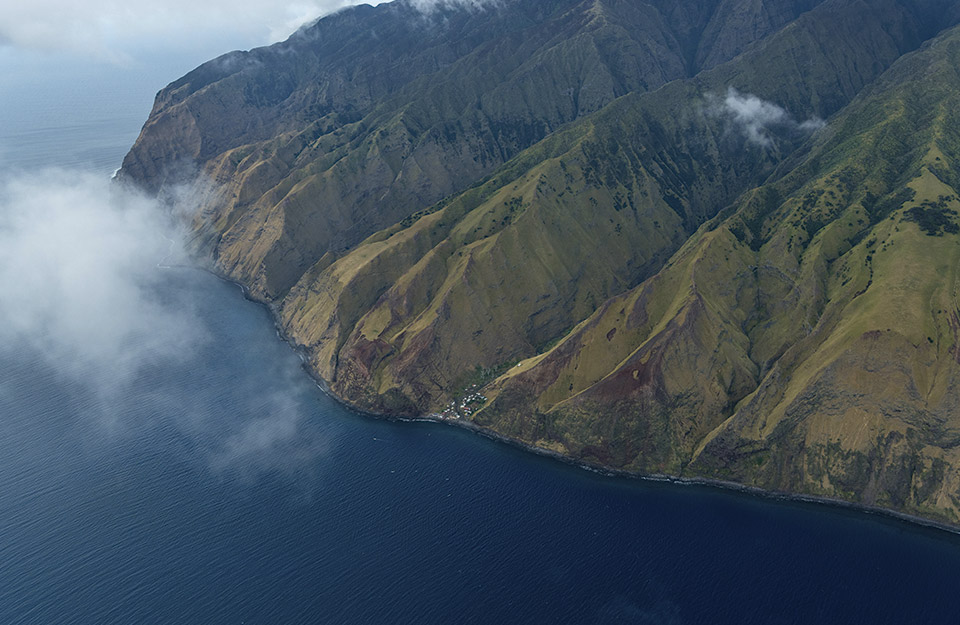
The Netflix series “Our Great National Parks” has taken Chilean Patagonia’s national parks to television screens around the world. But among the 42 national parks spread throughout the length of Chile you can discover a series of curious facts, such as the southernmost park in the world, the one with the clearest skies, and the most biodiverse. Here we share seven curious facts about Chile’s great national parks.
The recent release of the Netflix series “Our Great National Parks” has brought Chilean Patagonia’s national parks to the attention of the world. The country’s natural beauty allied to its conservation efforts have undoubtedly put Chile at the forefront in caring for the environment, and mean that the country has some of the most impressive national parks in the world.
Chile’s environmental heritage is managed by the National Forestry Corporation (CONAF), and comprises 106 entities: 42 National Parks; 46 National Reserves; and 18 Natural Monuments. In total, they span 18.6 million hectares (46 million acres), equivalent to 21.4% of the Chilean mainland.
Which are the most visited? The biggest? Those with the greatest biodiversity? Find out here.
The oldest national park in Chile and the first protected area in South America
Created on August 17, 1926, Vicente Pérez Rosales National Park is the country’s oldest national park. The park has an area of 253,780 hectares (627,104 acres) and is located in Los Lagos Region, 60 kilometers from Puerto Varas. It forms part of the Southern Andes Temperate Rainforest Biosphere Reserve.
But while this is the oldest park in the country, the protection of the Chilean State’s wilderness areas dates back two decades before, placing Chile at the forefront of efforts throughout the region. In 1907, the first national protected area was created: the Malleco Forest Reserve, in La Araucanía Region. This was not only the first protected area in Chile, but also South America, the third on the American continent, and the ninth in the world.

The biggest national park
The biggest in Chile is the Bernardo O’Higgins National Park, located in the Aysén and Magallanes regions. With an extension of 3.5 million hectares (8.6 million acres), equivalent to the total area of Taiwan, it is one of the 20 biggest national parks in the world. It is followed in Chile by the Kawésqar National Park in Magallanes Region (2.8 million hectares or 6.9 million acres), and the Laguna San Rafael National Park (1.7 million hectares or 4.2 million acres).
Created in July 1969, the Bernardo O’Higgins National Park stands out for containing one of the largest freshwater reserves in the world. It is also characterized by the vestiges of the kawésqar (or alacalufe) culture that are found there, as well as the protection of fauna species like huemul deer and sealions.
The place with the greatest biodiversity (in the world)
The national park with the greatest biodiversity by area in Chile is the Juan Fernández Archipelago National Park, located in the middle of the Pacific Ocean. Composed of Robinson Crusoe, Alejandro Selkirk and Santa Cecilia islands, it is a renowned biodiversity “hotspot” of global importance, which contains 5% of the plants and 30% of the birds endemic to Chile, according to information from CONAF. Today, all of the archipelago’s endemic plants have been given some form of conservation status (extinct, critically endangered, endangered, or vulnerable) and half of the bird species are critically endangered or vulnerable. Juan Fernández has even been included in the Guinness World Records as the place with the highest diversity and endemism of plants per unit area. 
The national park with the best skies in Latin America
The Fray Jorge National Park is located in the coastal sector of Ovalle, in Coquimbo Region, facing the Pacific Ocean. It was created in April 1941 and has an area of 8,863 hectares (21,900 acres).
Its main attraction is being a place with leafy forest characteristics next to the Atacama Desert, the driest on the planet. This stronghold of Valdivian Forest has been maintained thanks to a special climatic phenomenon: the condensation from coastal mist (camanchaca), which is a product of the crossing of the Humboldt current with winds coming from the sea.
The park doesn’t only stand out for its forest in the middle of the desert, but also for its impressive skies that have made it the only Starlight Reserve in Latin America. It received this certification in 2013, thanks to parameters such as the darkness of the sky, sharpness, transparency, and the number of clear nights per year (280).
The southernmost park not only in Chile… but the world
The Cabo de Hornos National Park is located in the province of Chilean Antarctica, in Magallanes Region, 12 hours by boat from Puerto Williams, the southernmost city in the world. This makes it the southernmost national park in the world. Created in April 1945, it stands out for the protection of fauna species such as leopard seals, dolphins, whales, sealions, marine otters, elephant seals, southern right whale dolphins and Chilean dolphins. Among the birds found there are the Dominican gull and the giant petrel. As for flora, the park is home to the Magallanes coigüe (Nothofagus betuloides), canelo (Drimys winteri), leñadura (Maytenus magellanica) and ñirre (Nothofagus antarctica).

The newest park
Chile’s newest park is the Río Clarillo National Park, located in Pirque in the Metropolitan Region. It was created as a national reserve in 1982, then recategorized, officially becoming a national park in December 2020. It thus became the first national park in the Metropolitan Region.
This park stands out for the protection of species, among them birds like the Patagonian Sierra finch, the white-crested elaenia and the thorn-tailed rayadito. As for mammals, most are of neo-arctic origin, such as canines, mustelids and felines. Among the flora that stand out are the litre (Lithraea caustica), peumo (Cryptocarya alba) and soapbark (Quillaja saponaria), as well as wild flowers.
The most-visited national park
As well as being Chile’s oldest park, it is also its most visited. The Vicente Pérez Rosales National Park, located in Los Lagos Region, registered a total of 307,000 visitors between January and December 2020 (in the middle of the pandemic). This park stands out for its tourist attractions like the Petrohué Waterfalls and Todos los Santos Lake.
It is followed by the Torres del Paine National Park in Magallanes Region (142,000 visitors in 2020), and the Conguillío National Park in La Araucanía Region (83,000 visitors in 2020).







